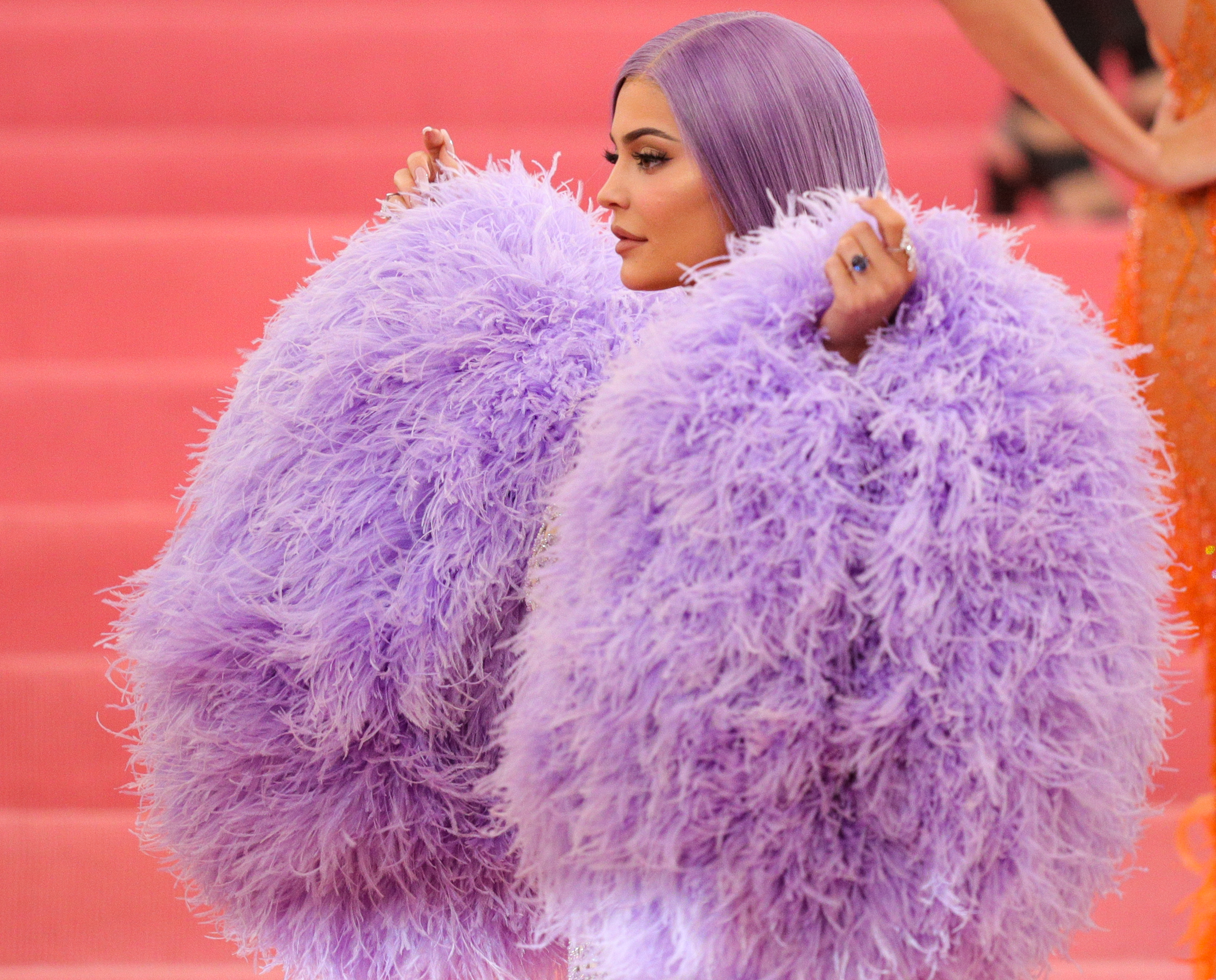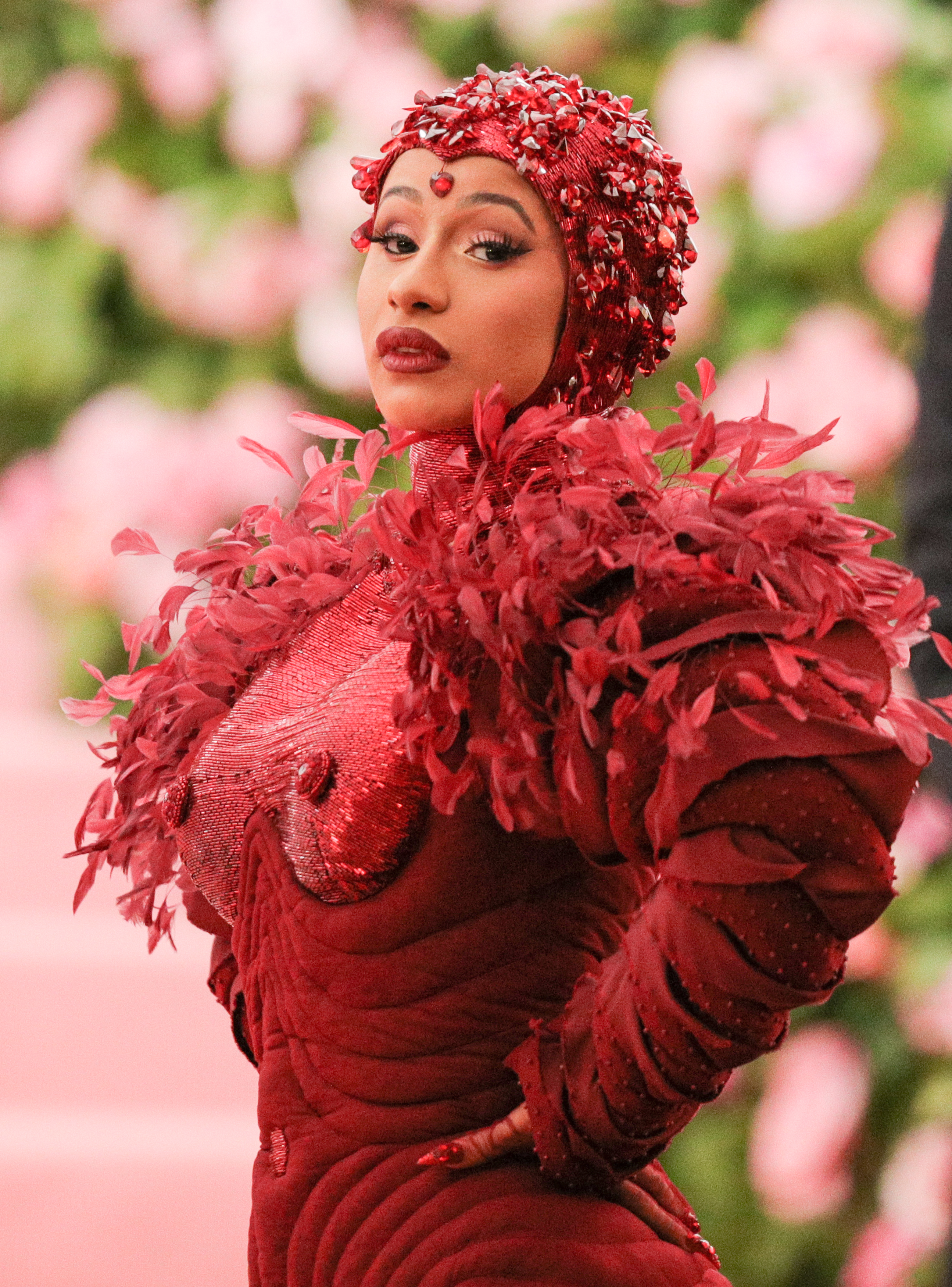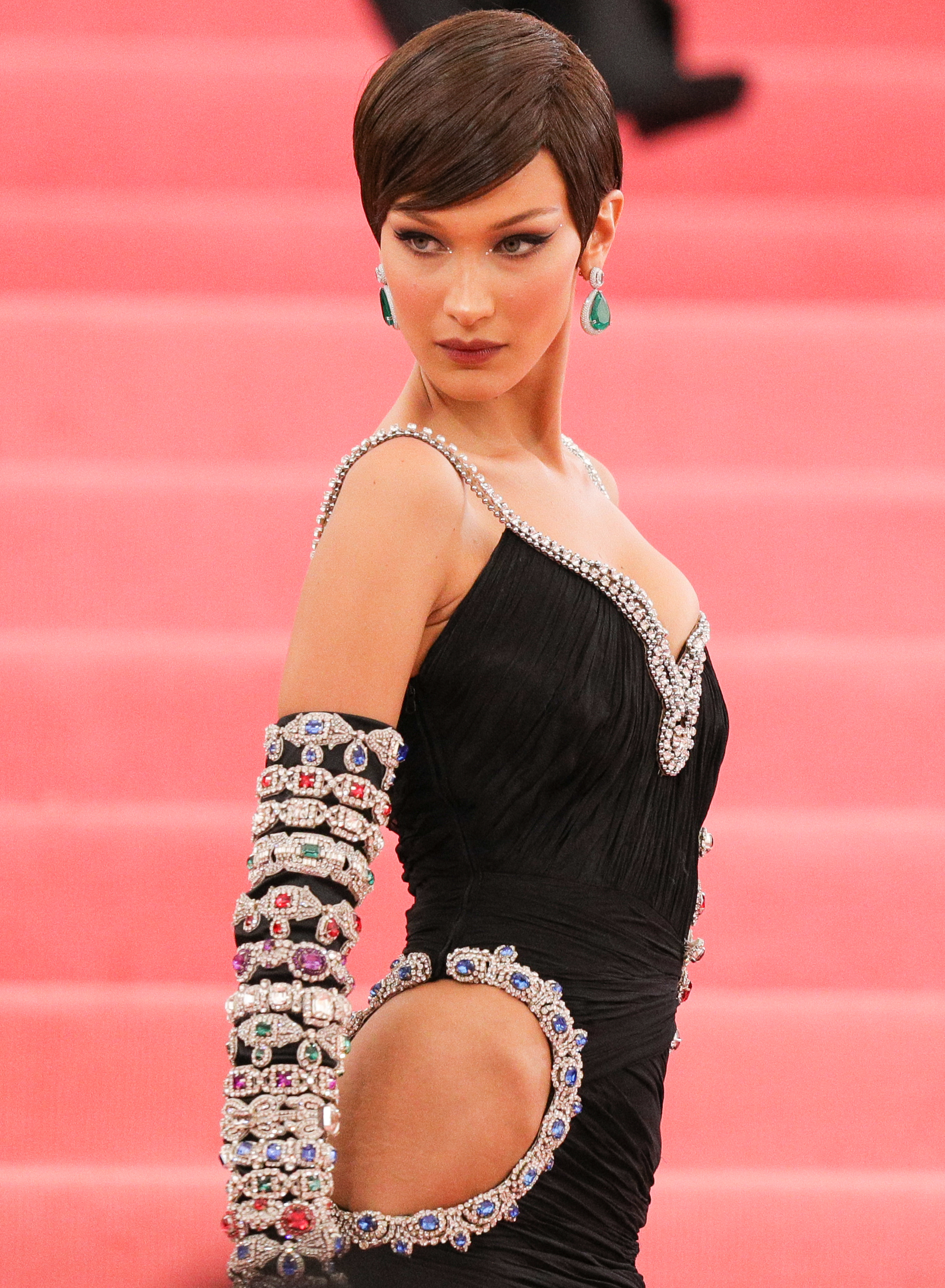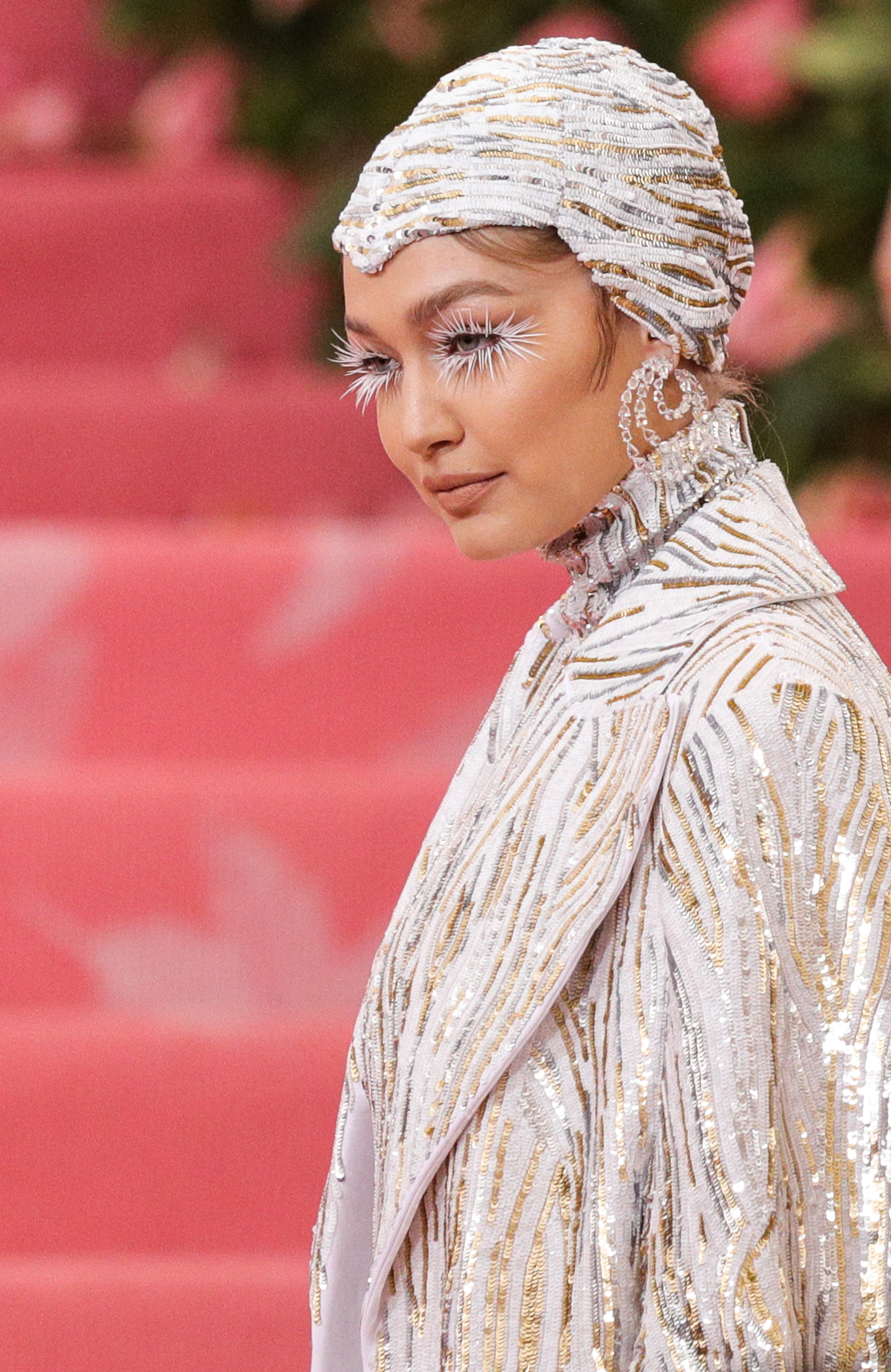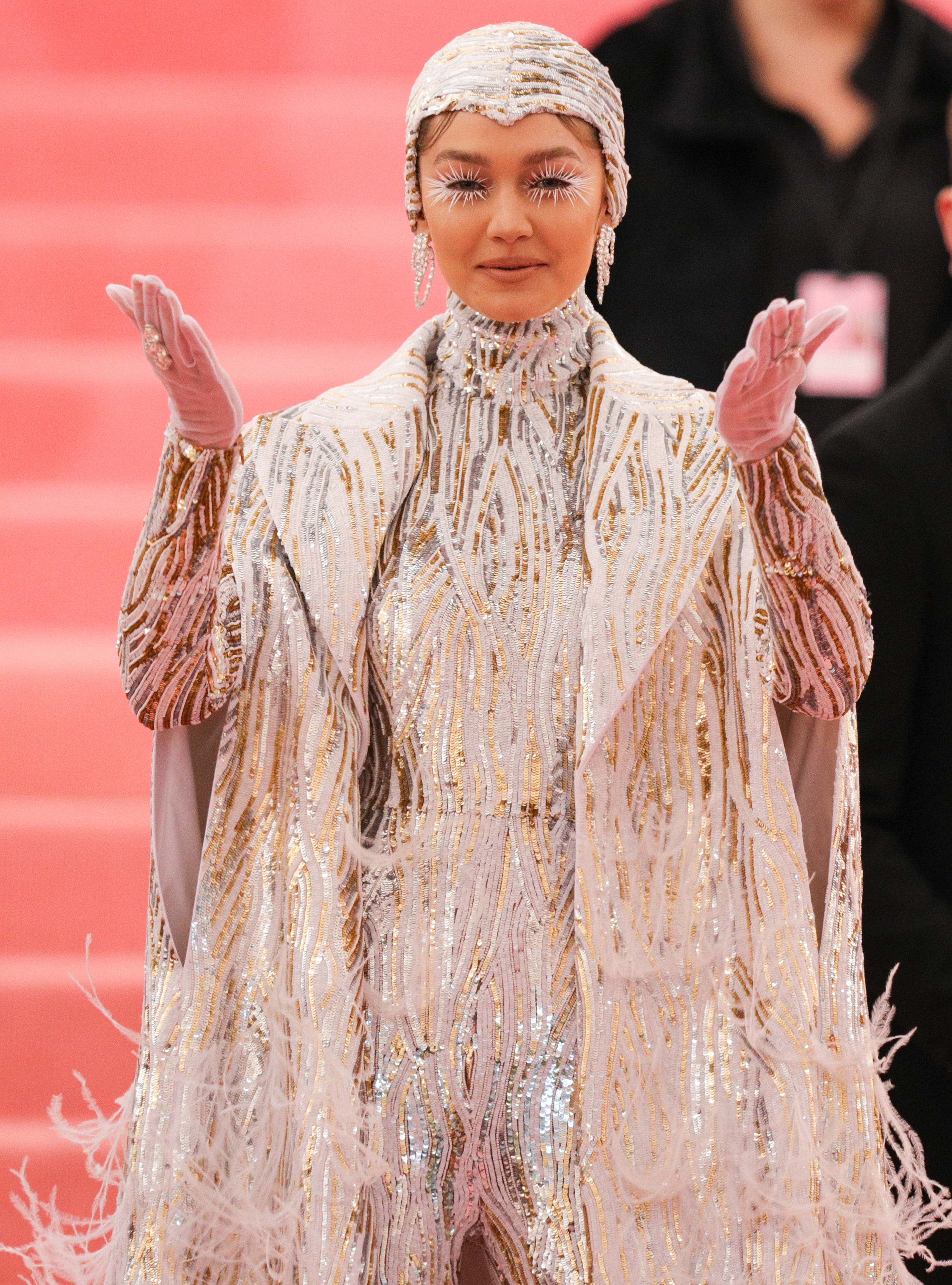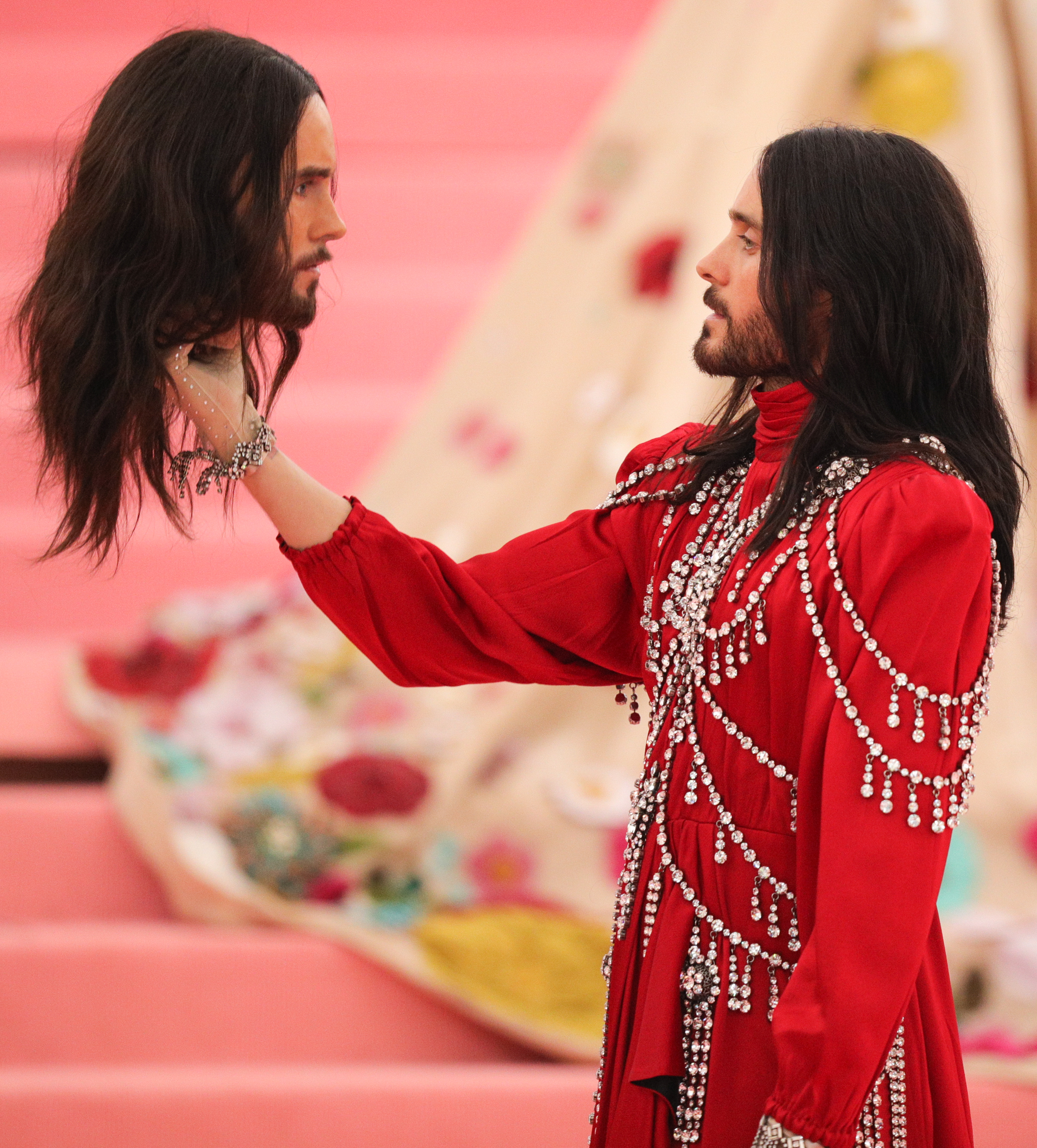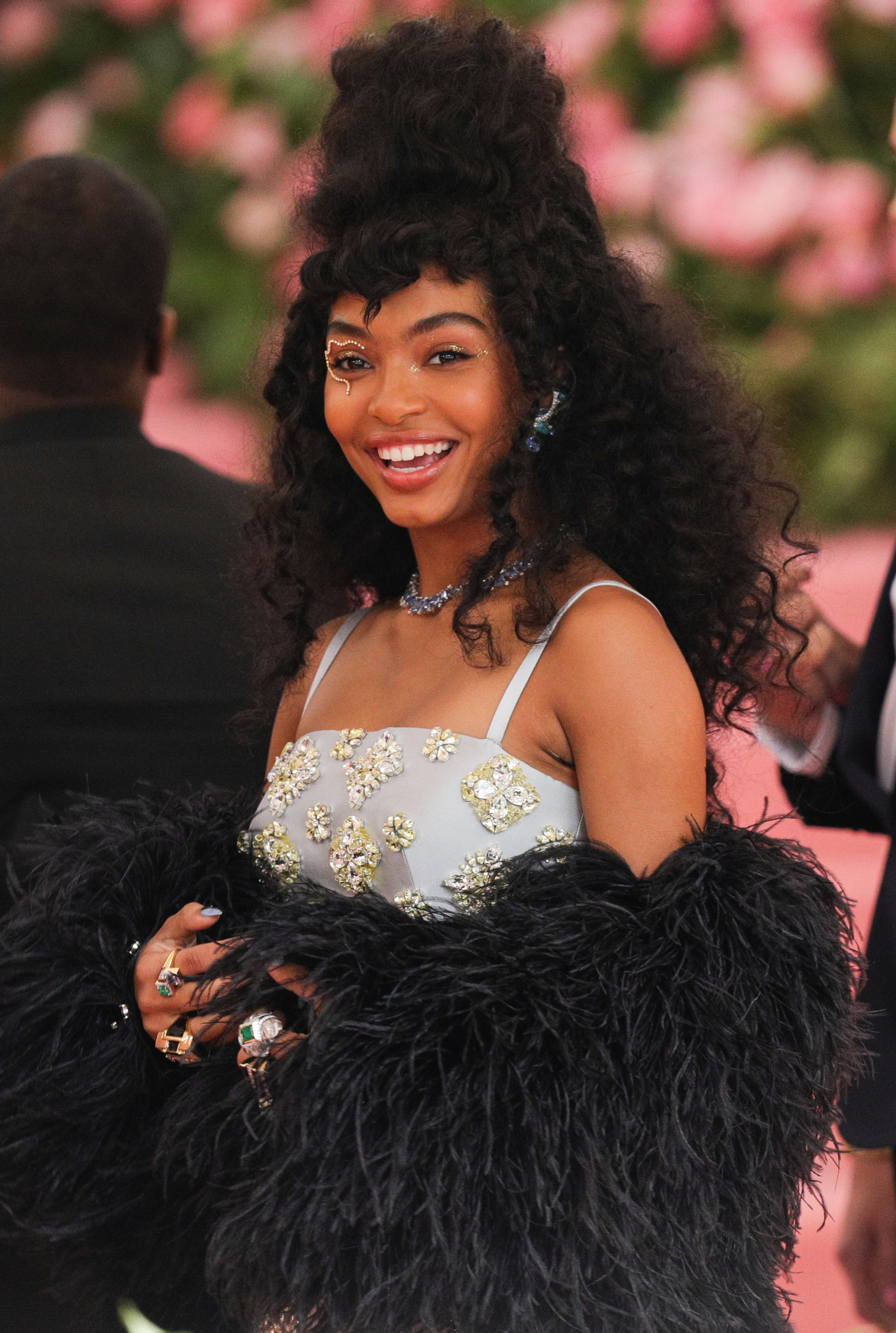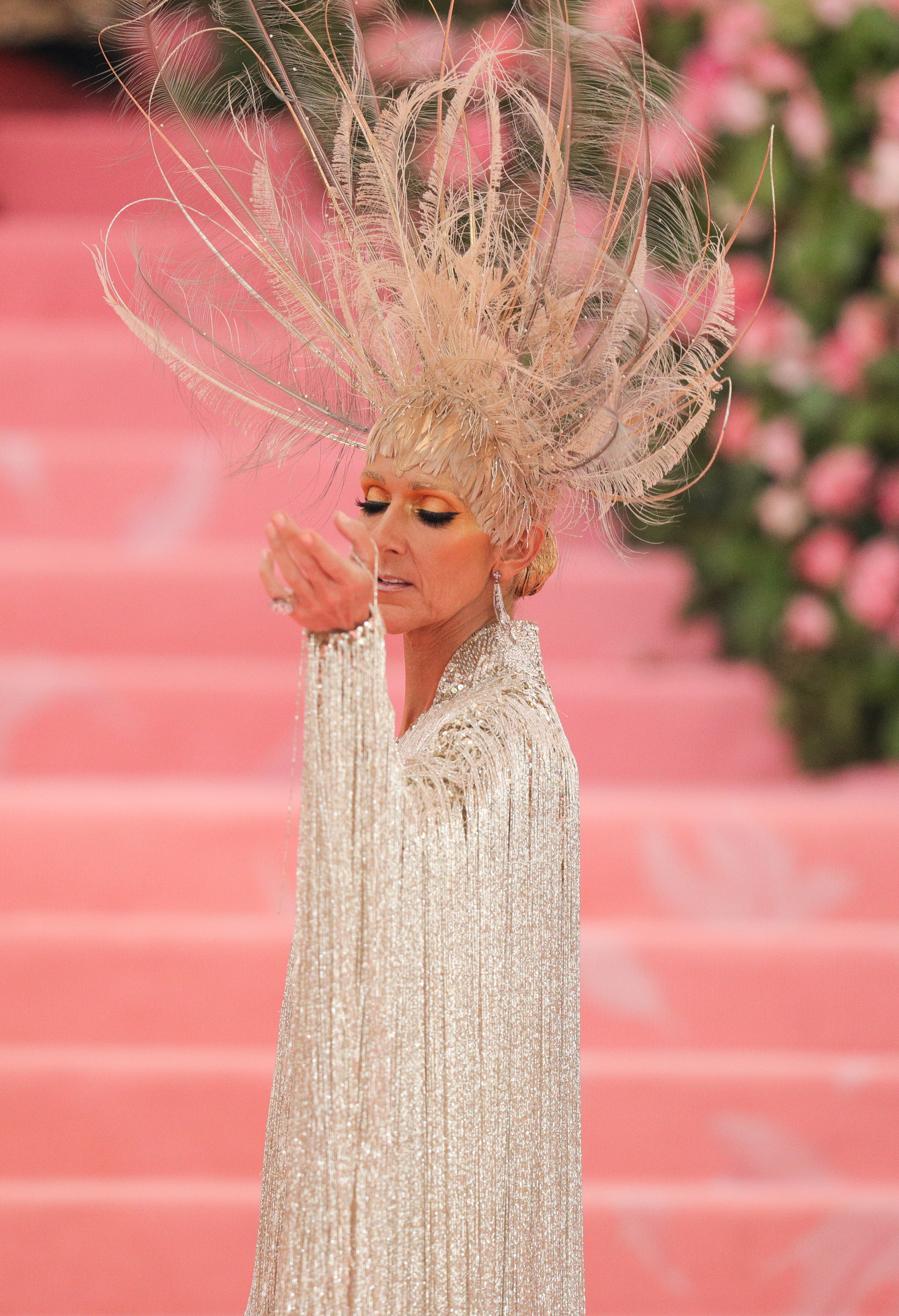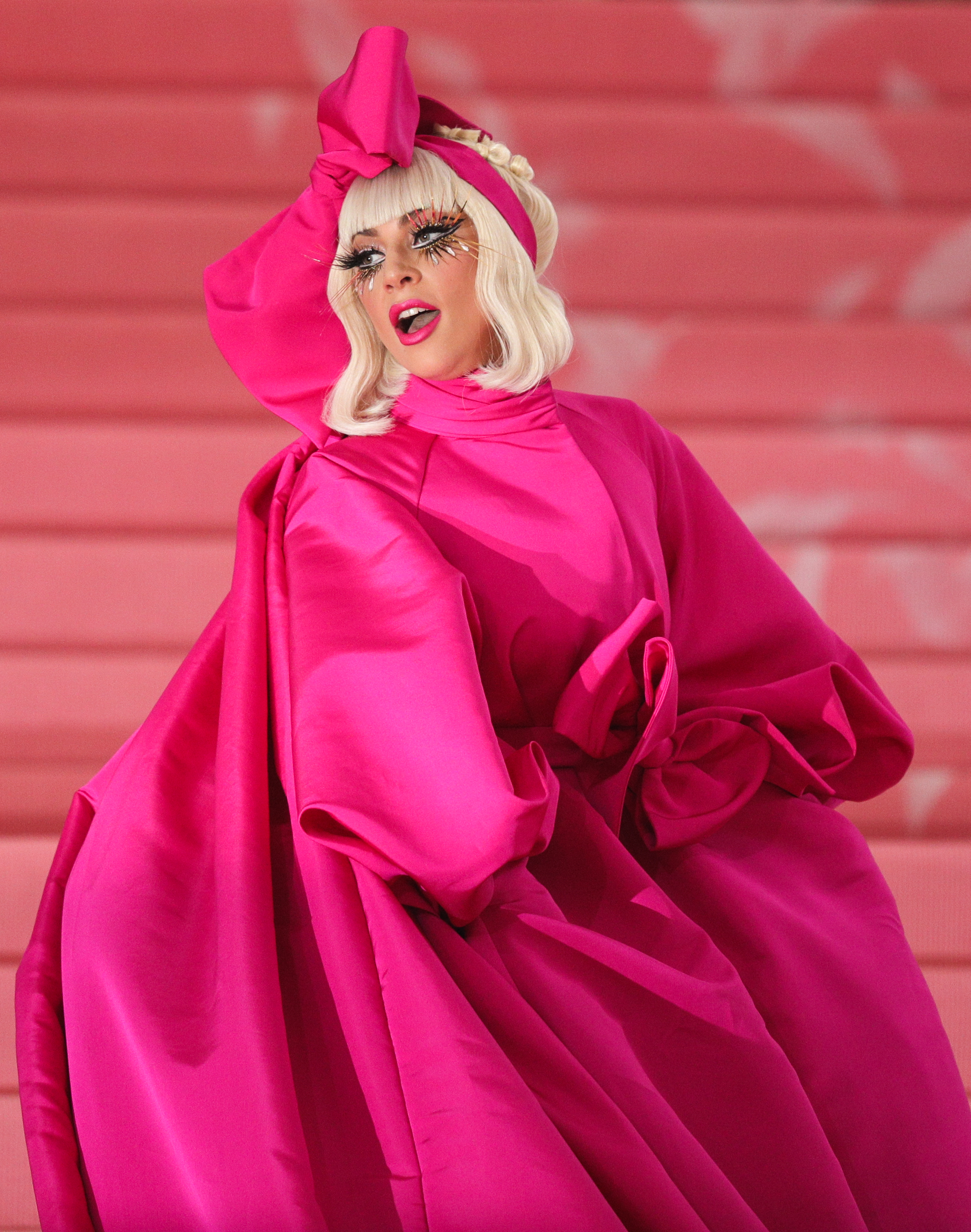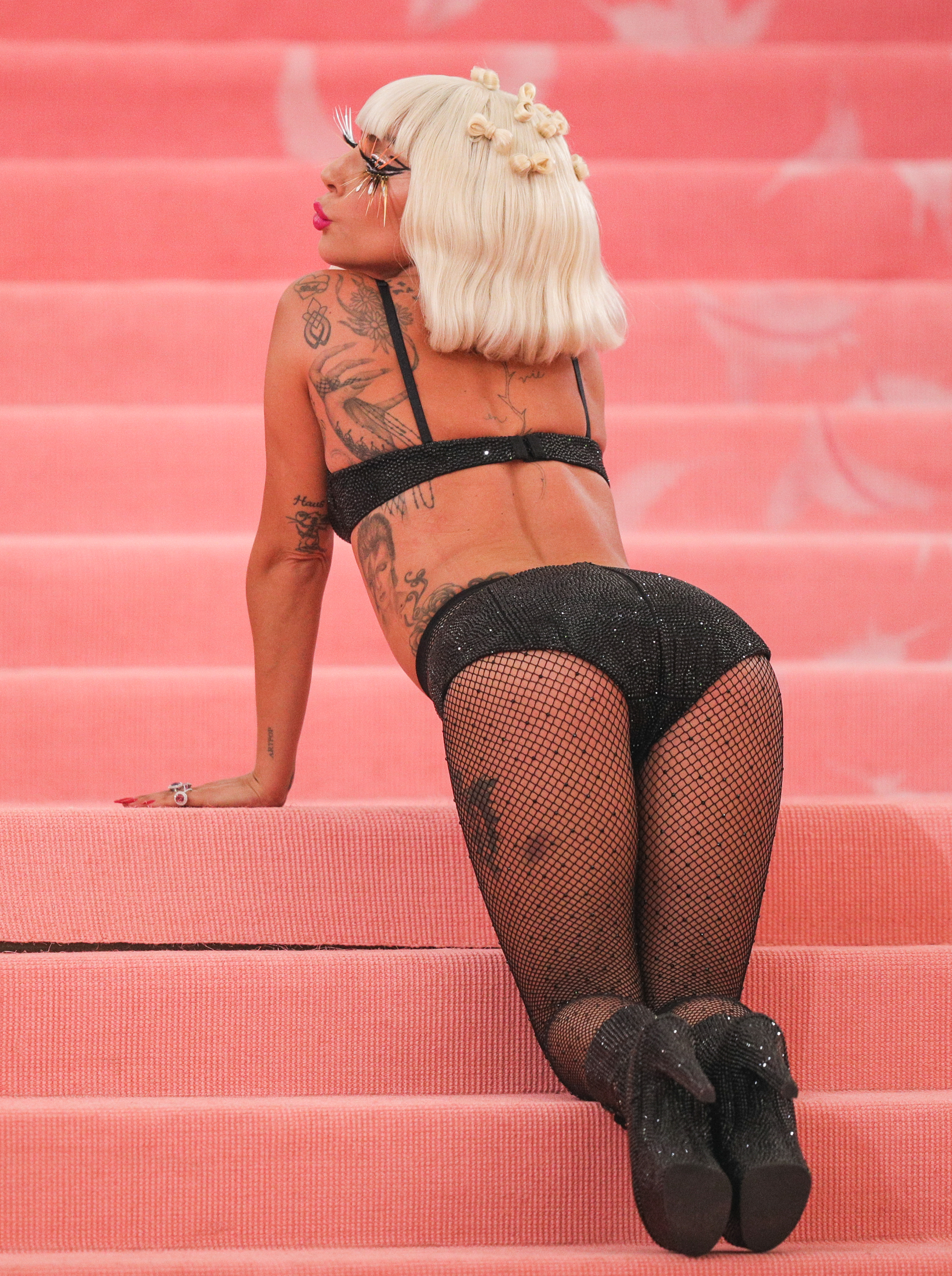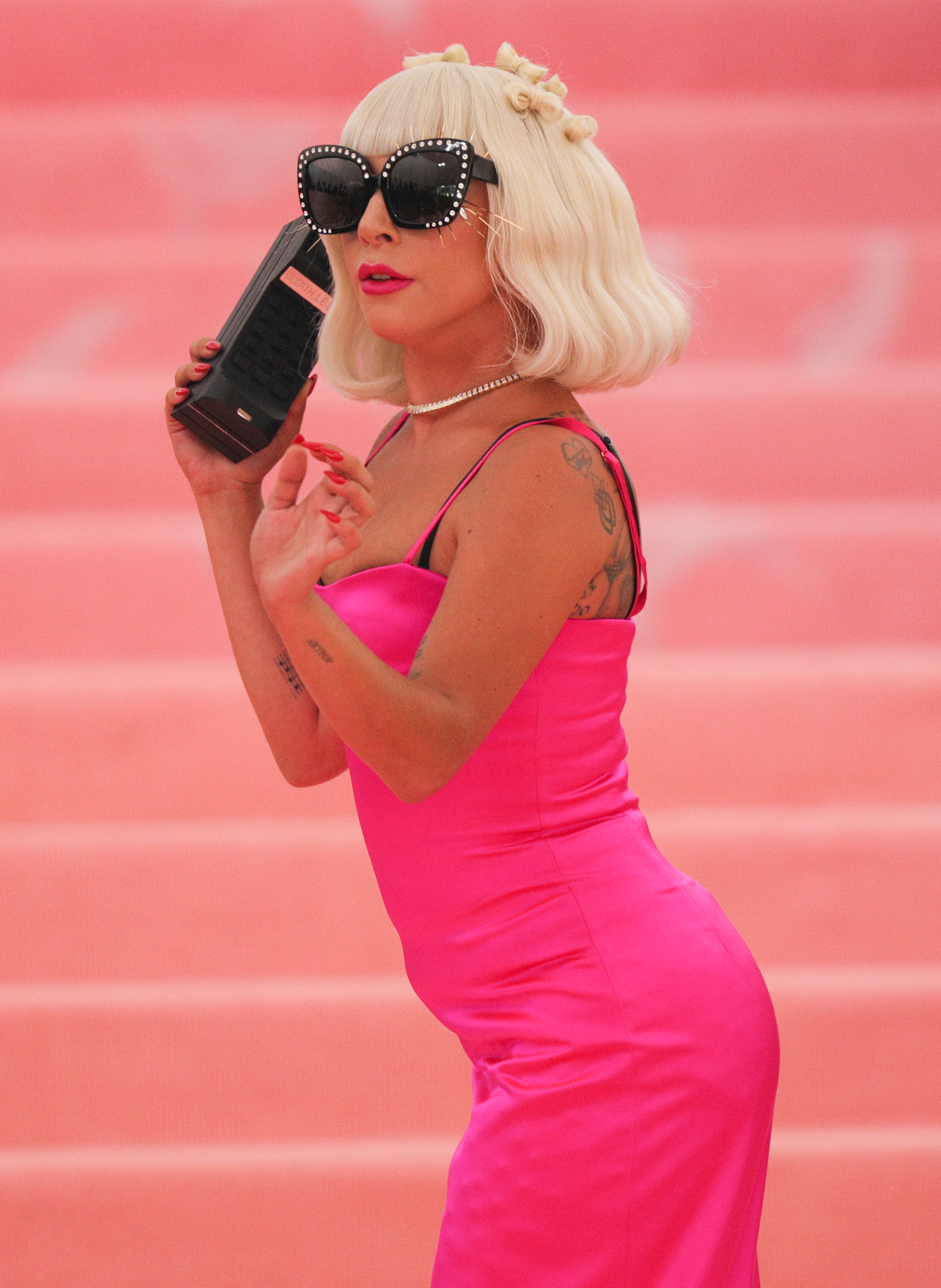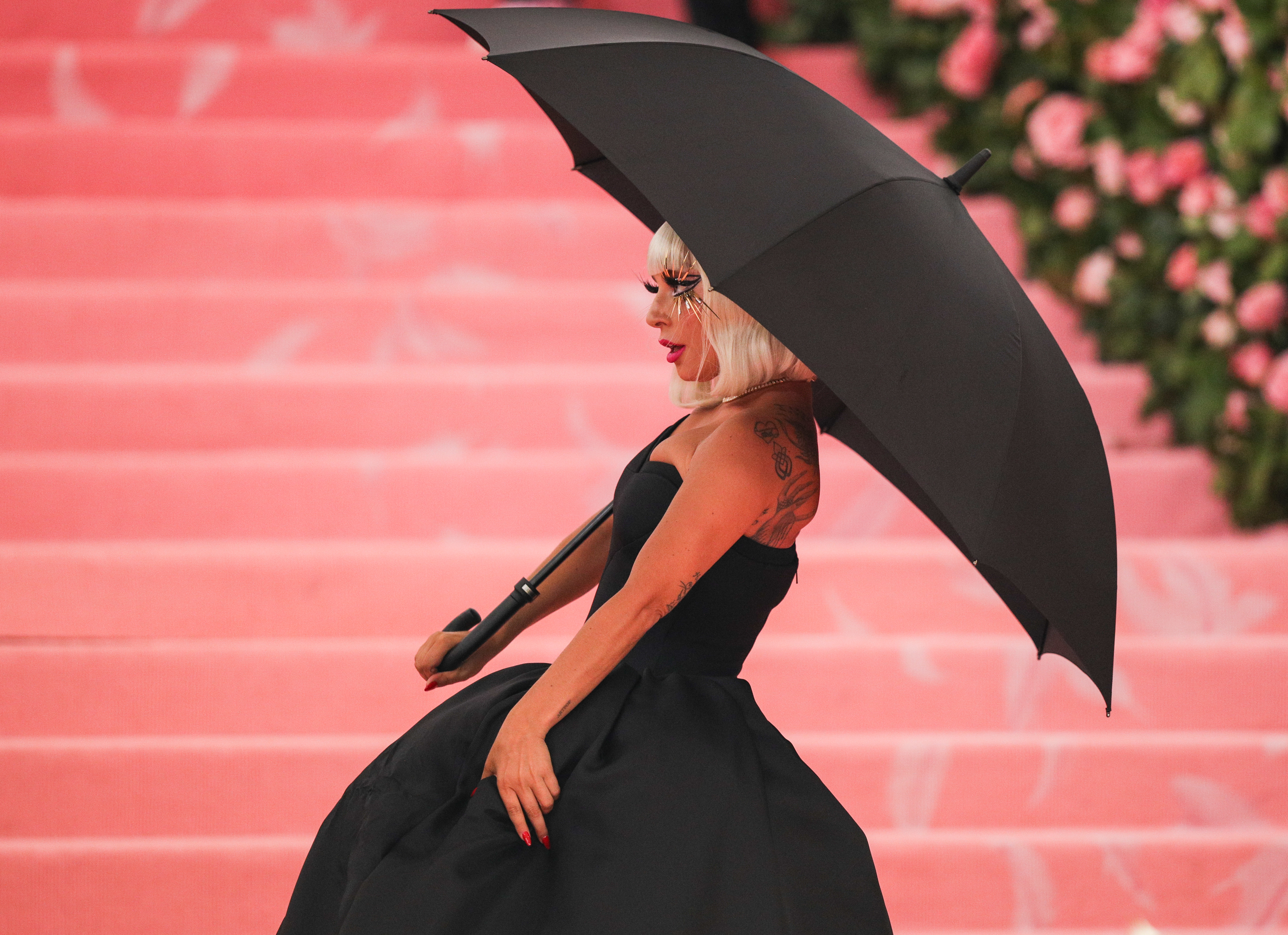V’s Rundown on Camp: Notes on Fashion Before It Opens to the Public
Follow V into the upcoming MET installation – with all its drama and exaggeration – before it opens to the public.
With summer an arm’s length away, the idea of camp is on everyone’s mind. It’s a multigenerational concept – a localized place that fosters independence, community, and self-discovery. It’s a secluded location where you dabble in hyperbolic activity and dress. This camp, however, is decisively distinct from the less used definition of “Camp” that is extracted from Cambridge English Dictionary. As commonly used in British colloquial, Camp is: “using bright colors, loud sounds, unusual behavior in a humorous way.” Cambridge makes it synonymous to “flamboyance.”
Vanessa Friedman of The New York Times cites the stateside Merriam-Webster Dictionary that more aptly refers to this year’s MET Gala theme of Camp: Notes on Fashion. That is: “a style or mode of personal or creative expression that is absurdly exaggerated and often fuses elements of high and popular culture.” Let that ruminate as you consider the fact that you’re reading V – where pop culture meets fashion. Here at V, Camp had no beginning or end.
V had an inside look into The MET’s Spring 2019 installation in The Costume Institute prior to the approximately 550 handpicked attendees of the gala, and the official opening to the public on May 9. V also had a chance to meet up with the legendary MET Gala curator, Andrew Bolton, who authored the 346-page hard-covered 2-Volume catalog on the exhibit. We get our hands on this bubble-gum pink holy bible of the 2019 Camp fashion dictate before its official release as well. Though there isn’t a need to rush to see the exhibit that runs until early September, in our digital age, you’ll be hard pressed not to encounter spoilers.
This year’s exhibit is arguably more millennial and instagrammable than even Rei Kawakubo’s homage back in 2017. The entirety of the exhibit’s walls is painted in a cross-between this year’s Pantone color, “living coral,” and a flamingo-pink carpet rolled out for the MET Gala festivities. “Camp” is illuminated as soon as one enters, directly across from the pop-up shop offering postcards of the gallery’s 250 objects, 150 of which are dated between 1980 and the present.
The initial foray is a labyrinth of narrow hallways with low ceilings. Playing in the background is Judy Garland singing Somewhere Over theRainbow. At first it is her 16-year-old rendition and later on, her most recent rendition. This idea of old and new Camp meshed into a timeless continuum was reflected in this year’s surprise Gala performer, Cher, introduced first by co-host Lady Gaga who read from Susan Sontag’s essay as a preface. The C juts out from the wall.
According to master MET Gala curator and theme developer, Andrew Bolton, this architectural detail was intentional; it was an attempt to reflect “camp’s secrecy and clandestine nature,” prior to Susan Sontag’s 1964 essay. Bolton credits Sontag’s essay with the unprecedented approach to camp as a “serious sensibility.” This second-coming of Camp is reflected in the exhibit’s opening into a darkened central room with a series of floor-to-high ceiling enlightened square showcases, identical to the quintessential Brady Bunch 9-squared grid with Animated heads of the family members. Speaking of moving heads dissociated from bodies – Jared Leto walked the carpet in Gucci, including his custom-made severed head that took 6 months to craft resting on his outstretched palm.
This central part of the exhibition is the most dramatic. You’ll find yourself surrounded by Jeremy Scott for Moschino’s T.V. Dinner dresses – yes, the peas and carrot, with a side of mashed potatoes cape was there, as was a steak-printed dress not to be confused with Lady Gaga’s infamous meat patchwork garment that made even the most carnivorous bunch cringe. Scott’s garments with skewed Golden Arches to play off of American export, McDonald’s, were also on display. At the center of the room were more enlightened showcases that were filled with accessories – think headresses befitting the Kentucky Derby goers or alternatively, the royal bunch.
Apparently, Camp in the 60s is reminiscent of the present. After all, time is circular. That is to say, it really has neither beginning nor end and with all fashion trends, a comeback later on that makes mothers everywhere wish they had saved past wardrobe contents, is inevitable. Bolton referred to cultural historian, Andy Medhurst’s stab at defining camp: “it’s like to trying to sit in the corner of a circular room.” Camp never really ceases to exist.
Its initial use, clandestine in nature, referred to unabashedly effeminate notions of the gay population. This usage was playfully reflected in the green and white vestal printed suits worn by servers at the Gala dinner. The caterer, Olivier Cheng provided background: “It was rumored that Oscar Wilde and his circle would wear a green carnation to signify to each other that they were part of the underground gay culture of that era,” he said. But floral were far and few between, with floral arrangements being swapped for cotton candy pink plumage. In fact, one of the only flowers was a single white one that Michael Kors sported on the lapel of his Gala tux.
Bolton said that camp refers to challenging the status quo, can be used as an adjective, noun, and verb, and is subjectively tongue-in-cheek. Let’s take for example, Katy Perry’s chandelier look that literally enlightened the carpet that despite not exactly shutting down the buzzy scene was meant to retire the usage of “lit” in millennial jargon. Shutting down the show, literally, can be attributed to Lady Gaga who for 15 minutes revealed four outfit changes by Brandon Maxwell that went from over-the-top hot pink train-length cape, to black strapless gown, to a hot pink number, and finally black lingerie complete with chunky mobile phone prop that she settled on for the after party-cum-dinner.
Speaking of which, Katy Perry gave an after-party shutter shock with just as outrageous an outfit: a bedazzled burger that she, unbeknownst to the public, had shimmied out of in favor of a more comfortable lettuce dress according to. Another example was battery-powered Cinderella-chic Zendaya, and who could not bat an eye at Janelle Monae’s Christian Siriano, surrealist black-and-white play off of Picasso’s famed references to African tribal masks and our western Mr. Potato Head. Bolton summarized it best when he said “examples of camp are infinite and inexhaustible.” In that same vein, why Vogue charged the Olsen twins with rejecting Camp in their black leather ensembles remains a mystery – pun intended.
Click through the slideshow below to see some of the Gala guests’ best stabs at Camp.
